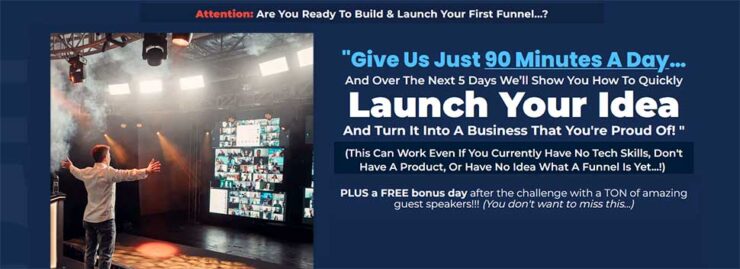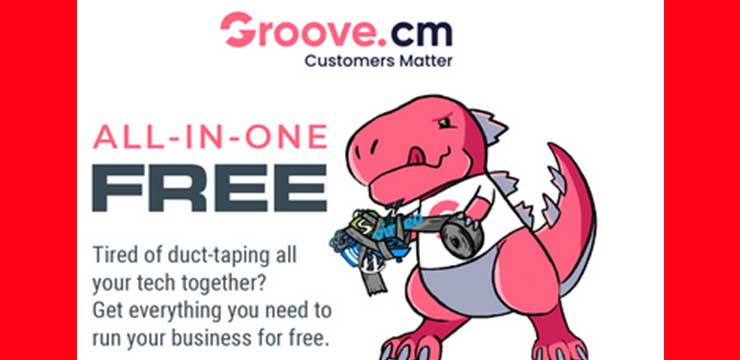You are used to evaluating business results. This includes analytics, post mortems and management huddles in which you're cross-examined about product, profit and performance.
Imagine what it would look like if you spent even a fraction of your time reflecting on understanding and developing employees, the people that drive your company's success.
This is not about performance appraisals every year or workshops that are only intermittent. These activities are not enough to help you grow or self-awareness. One graph won't show the whole picture of your company. To help employees grow, you must change how you approach “training” and “development”.
Training Vs. Learning
Tyler Koch, Forbes Human Resources Council, says that training is often used to comply with compliance-related requirements like safety, harassment, and anti-discrimination. Pre-determined topics are used and the program follows the Instruction, Retention, and Repetition formula.
Koch explains that learning is about the transfer of information in a way that allows the recipient to engage in critical thinking and be able to use certain aspects of the information to reach the best result. It encourages creativity and not rote learning.
Understanding
Experts in adult learning also state that HR programs are not likely to make a significant impact on behavior or productivity.
“One-and-done training doesn't produce results. “One-and-done training doesn't produce results.” HRDive's article explains why traditional classroom training isn’t sufficient for today's employees.
Concrete, continuous, and collaborative learning are the keys to effective learning. This is particularly true for management training. Forbes article states that “A brief course in managing a team doesn't suffice to really sink all of the knowledge and help people form good managerial habits.” Andre Lavoie CEO of Clear Company, says in Forbes. Grovo's research into the management deficit revealed that 80% of managers return to their old behavior in six months or less because they didn't receive any support or follow-up.
Maintain an ongoing leadership program for all managers. Do not assume that they are able to understand. Lavoie says that you can provide real-time support to their actions and behaviors by checking in with them to ensure they are putting it into practice.”
Driven by HR vs. Employee-Driven
Your employees should have the tools to learn on their own, not waiting for you to teach them. This is particularly important in today's multi-generational workplace, which has employees from many backgrounds and skill sets. HR cannot create a program that is universally applicable, but it can provide a platform for employees to evaluate their strengths and then determine their next steps.
Rudi Ramin is the Grow Co-Founder. “Grow puts leadership training in the hands of employees.” It allows teams to self-assess and seek feedback. Access resources. Track progress and connect with mentors and colleagues. It is accessible from any device, desktop or mobile via the app.
Grow is a new way to learn. It transforms the traditional idea of training into a platform that empowers learners. It is not a one-time program, but a continuous process. It allows for on-the-go learning, as opposed to on-the-ground workshops. It promotes individual growth as well as the collective growth of the entire team.
Ramin stresses that Grow embeds leadership development in the work. This methodology is loved by our users because they are able to learn and grow while working. They can still perform their regular tasks and deliverables. They can also immediately apply the knowledge they have gained.”
Grow sets teams up for success by letting their members own their development. We have online leadership development solutions for effective team performance. Click the link below to find out more.
————————————————————————————————————————————–
By: Edu Legaspi
Title: Training vs. Learning – What Is Your Company Doing?
Sourced From: grow360.com/blog/training-vs-learning-what-is-your-company-doing
Published Date: Tue, 24 Mar 2020 00:11:00 +0000
Did you miss our previous article…
https://internetlib.org/?p=3689


